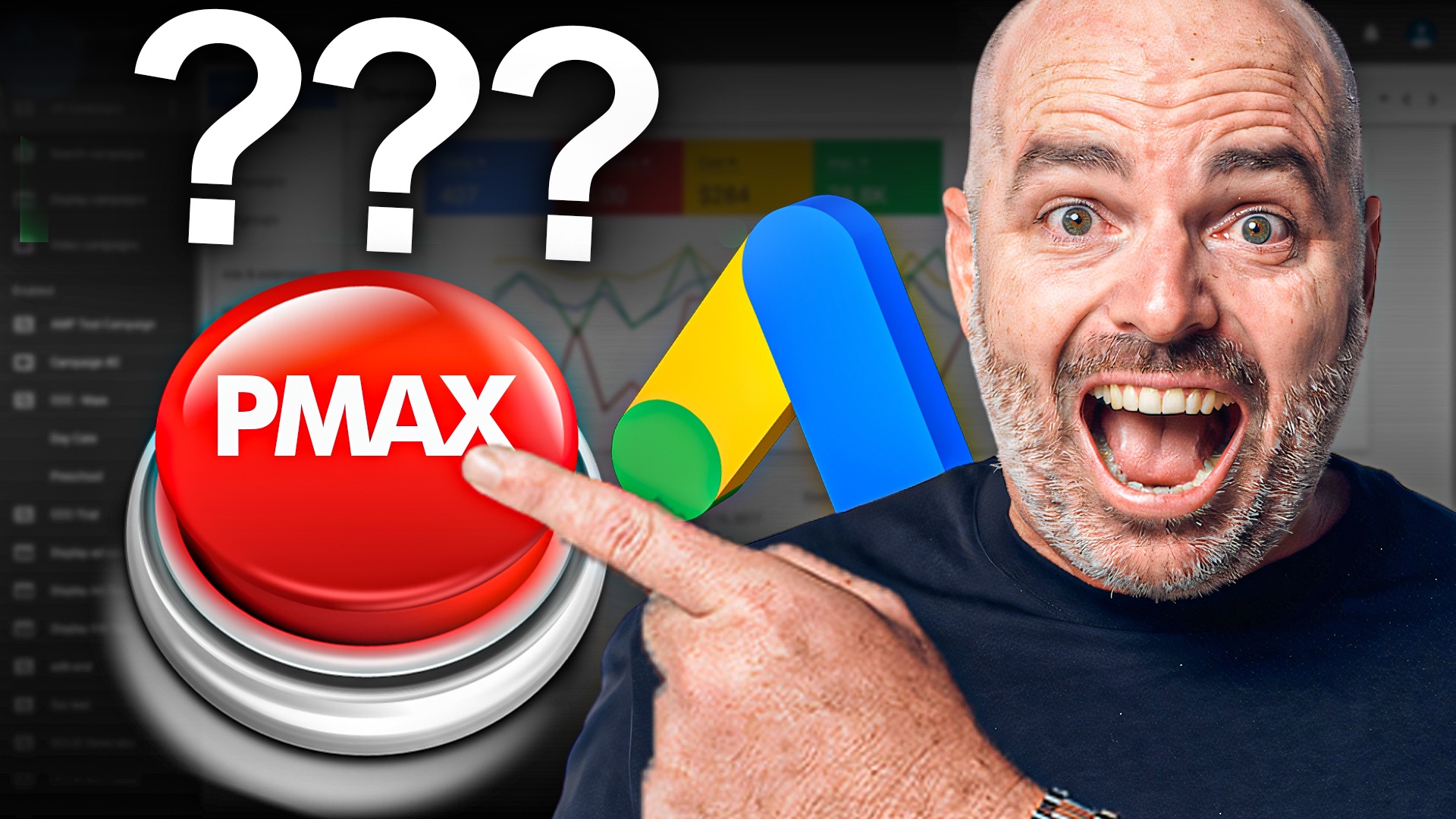
Starting with Performance Max: The 2025 eCommerce Checklist
Oct 27, 2025Performance Max can divide marketers like a Taylor Swift album release. Some love it and defend it passionately, while others avoid it entirely.
But for the record, I am a fan of Performance Max (PMAX) — and it is active across all eCommerce accounts we manage or coach.
However, those accounts also run Search and Shopping campaigns, which remain the foundation for reliable data and control.
This guide breaks down the essential checklist you should follow before launching Performance Max in your Google Ads account.
PMAX and Brand-New Accounts
Performance Max should be viewed as a secondary campaign, not a starting point.
It performs best after you have:
-
Collected initial conversion data
-
Tested ad copy, landing pages, and offers
Search and Shopping campaigns give you the control needed to test audience intent and optimize key elements before turning automation loose.
Use those initial campaigns to validate your:
-
Ad copy and messaging
-
Product imagery
-
Landing page experience
-
Offer quality and price positioning
PMAX relies heavily on AI learning and automation. While it has improved data inputs and visibility, it still requires high-quality account data to perform effectively.
One exception: if you have been running strong Meta Ads campaigns and already have high-quality conversion data, you can move into PMAX sooner — though I still recommend running a Search campaign alongside it.
In most eCommerce cases, the majority of PMAX budget flows to Shopping ads, making setup quality even more critical.
👉How to Run a Performance Max Campaign That Actually Works in 2025
Optimize Your Product Titles and Attributes
Performance Max depends on product feed data. The signals you include in your setup (like audience segments or search themes) are treated as suggestions, not strict targeting.
To give Google the best chance of success:
-
Use descriptive product titles
-
Include attributes like material, size, color, and target audience
-
Ensure titles include primary keywords naturally
-
Regularly review and update feeds as product lines evolve
Your product titles and attributes directly influence how Google understands and ranks your listings.
Optimize Your Google Merchant Center (GMC) Store Quality
Your performance in Shopping and PMAX relies on more than product data. Store Quality within Google Merchant Center also plays a critical role.
Google evaluates three primary ranking factors:
-
Bid/Budget Strength
-
Product Relevance (titles and attributes)
-
Feed & Store Quality
Many advertisers overlook the third point. Even perfectly optimized titles and attributes cannot compensate for a low-quality Merchant Center store.
Check that your store includes:
-
Complete shipping and return information
-
Accurate pricing and availability data
-
High-quality imagery and product descriptions
-
Verified business and contact details
Improving store quality increases trust and boosts visibility across the Shopping network.
Understand Your Pricing and Brand Position
Pricing and brand recognition significantly influence PMAX performance.
This does not mean lowering your prices — it means understanding your positioning in the market.
Consider:
-
Are you a new account with minimal Google Ads history?
-
Do you have a strong brand presence or customer base?
-
Are your prices competitive within your category?
If your account is new, your data limited, and your prices higher than competitors, PMAX may struggle initially. Build conversions through Search and Shopping first, giving Google data to learn which users are more likely to convert.
The Takeaway
Performance Max is a powerful and essential campaign for eCommerce brands — but it works best as part of a broader strategy.
To succeed, ensure you:
-
Have tested Search and Shopping campaigns
-
Optimize product titles and attributes
-
Maintain high Google Merchant Center Store Quality
-
Understand your pricing and market data
Once your foundation is in place, PMAX can drive scalable, data-driven growth for your online store.
FAQ
Should I start with Performance Max as a new advertiser?
No. Begin with Search and Shopping campaigns to gather conversion data before introducing PMAX.
What data does PMAX need to perform well?
High-quality conversion data, optimized product feeds, and clear Merchant Center store information.
How can I improve my PMAX results?
Enhance product titles, store quality, and audience signals while maintaining strong Search campaigns.
Does pricing affect PMAX performance?
Yes. Competitive pricing and strong brand trust influence visibility and conversion likelihood.
Can I use PMAX without other campaigns?
You can, but results are more consistent when paired with Search and Shopping campaigns for data support.

